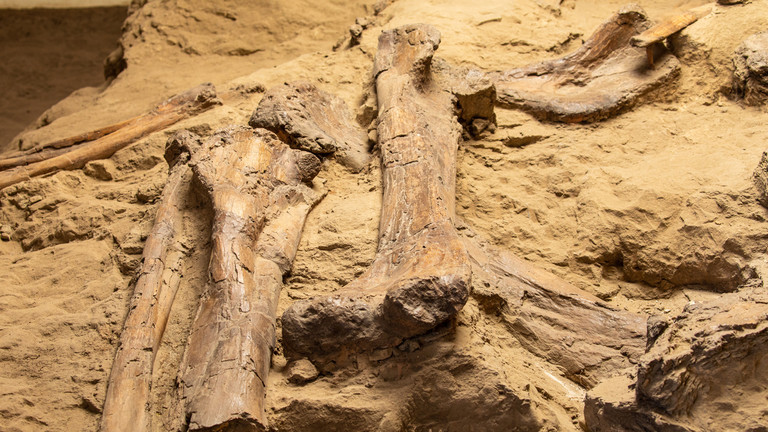NewsRescue
What is the present? A recent study published earlier this month in the international journal Scientific Reports, a division of the weekly publication Nature, indicated that India was a major focus of dinosaur evolution. For the first time, Indian scientists unearthed the remnants of a dicraeosaurid sauropod from the Middle Jurassic period.
Over the course of the five-year study, scientists from the India Institute of Technology (IIT-Roorkee) and the Geological Survey of India (GSI) discovered the oldest fossil remains of a dicraeosaurid sauropod near the Thar Desert town of Jaisalmer in the western Indian state of Rajasthan.
Despite the country’s early Jurassic and Cretaceous dinosaur fossils, no remnants of that sort have before been discovered in India.
The species was called ‘Tharosaurus Indicus,’ after the Thar Desert and the nation of origin, India. According to the study, dicraeosaurids lived from the Middle Jurassic to the Early Cretaceous periods and were predominantly found in Africa and South America, with a few occurrences in the United States and China.
Tharosaurus Indicus’ stratigraphic age could be around 167 million years old, making it the world’s oldest known diplodocoid. In conjunction with other finds from India, the new specimen appears to be “a relic of a lineage that originated in India and underwent rapid dispersal across the rest of Pangaea,” alluding to Earth’s most recent supercontinent.
The fossil exploration and excavation program that resulted to the finding were launched by the GSI in Jaisalmer in 2018, according to Professor Sunil Bajpai, who holds the chair in vertebrate paleontology at IIT-Roorkee’s department of earth sciences.
Previously, researchers from Delhi University discovered vast dinosaur hatcheries in the Dhar area of the central Indian state of Madhya Pradesh. According to a study published in the journal PLOS One in January 2023, 92 nests and 256 preserved eggs belonging to titanosaurs, the largest dinosaurs to have ever lived, were discovered during field investigations conducted between 2017 and 2020.
